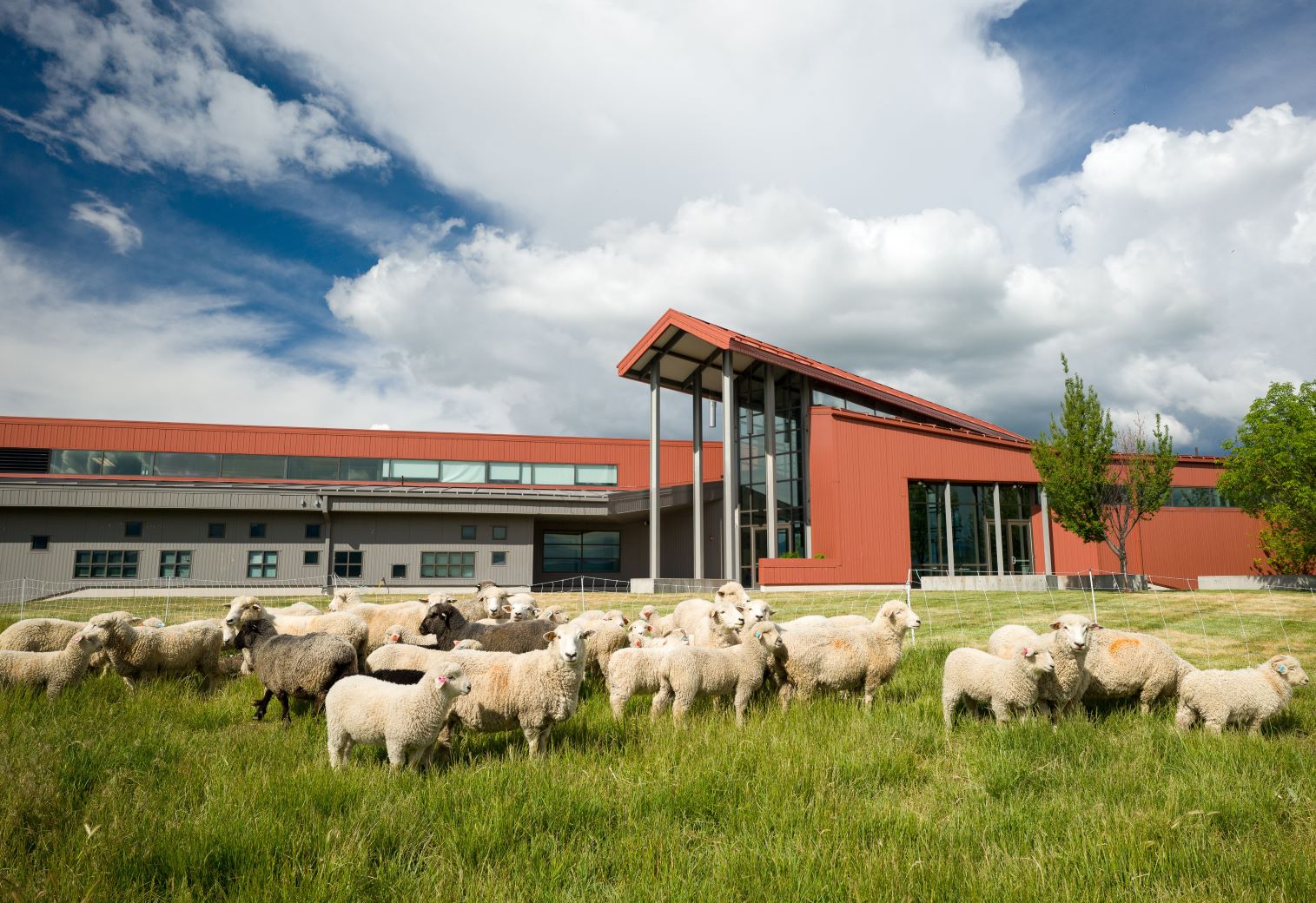- Weekend Rounds
- Posts
- Dire wolves are back, baby!
Dire wolves are back, baby!
... or are they? Plus: the economic state of vet med, and DOGE cuts vets
Hello 👋
Welcome back to another edition of Weekend Rounds!
🎂 Last week we lit a reusable, eco-friendly birthday candle for none other than Jane Goodall, who turned 91(!!) and is still out here doing more for animals than most of us. Colorado even marked the day with Animal Matters Day, which feels like something we should be celebrating every day.
Meanwhile, the veterinary world keeps spinning. We missed last week, so there is a lot to catch up on — with a few surprises, shakeups, and shout-outs along the way.
Here’s what we’re covering:
💰️ The economics state of ved med
🐺 The dire wolf is back… or is it?
🏢 Vets among the latest DOGE cuts
🚀 Quick hits

💰
The Economic State of Veterinary Medicine in 2025
The veterinary industry in 2025 is navigating a complex landscape marked by financial pressures, workforce shifts, and evolving client behaviors. Key insights from from the latest AVMA economic report as noted by Ryan Leech and the Bird Bath on DVM360:
Rising Student Debt & Corporate Influence: New veterinary graduates are entering the field with increasing debt levels, often exceeding $300,000. This financial burden gives corporate veterinary groups, which can offer substantial sign-on bonuses, a competitive edge in recruitment.
Shift Toward Relief Work: There's a notable increase in veterinarians opting for relief (temporary) positions, rising from 6% in 2023 to 9.1% in 2024. While this offers flexibility, it's accompanied by heightened burnout rates among relief vets.
Technology Adoption & Efficiency: Despite advancements, 23.5% of practices still lack a practice management system. Telehealth usage has declined, yet there's a growing emphasis on digital tools like AI scribes and inventory automation to enhance efficiency.
Practice Dynamics: The number of veterinary practices has grown, with a trend toward larger hospitals and extended operating hours. However, the average number of daily appointments per veterinarian remains unchanged, suggesting increased workloads without proportional patient throughput.
Revenue Trends: While companion animal-exclusive practices continue to generate significant revenue, brick-and-mortar clinics have experienced declines. In contrast, mobile veterinary services are witnessing substantial growth, indicating a shift in client preferences toward more flexible care options.
These trends underscore the importance for veterinary practices to adapt by enhancing workplace culture, embracing technological innovations, and exploring diversified service models to meet the evolving demands of the profession.
🐺
The dire wolf is back… or is it?
Colossal Biosciences has announced the birth of three genetically engineered pups—Romulus, Remus, and Khaleesi—claiming them as the first "dire wolves" since the species went extinct approximately 12,500 years ago. Using DNA from ancient dire wolf remains, scientists made 20 genetic edits to produce larger, more muscular animals and implanted the edited cells into a domestic dog womb.
However, some experts question the authenticity of the "de-extinct" label, arguing the animals may not exhibit genuine dire wolf behavior due to their unnatural upbringing and slight genetic modification.
Interestingly, the pups have been named Romulus, Remus, and Khaleesi, indicating a nod to both Roman mythology and Game of Thrones.
In a twist worthy of Westeros, fans have noted that even dire wolves have been brought back from extinction before George R.R. Martin finished The Winds of Winter.
Since ChatGPT’s Studio Ghibli generator was all the rage this week, we thought we’d give it a spin:

Here was the prompt: Hey ChatGPT - Create a 2D anime-style illustration of an elderly fantasy author standing in a peaceful, sun-dappled forest. He has a round face, rosy cheeks, a long white beard, glasses, and is wearing a green belted coat and brown pants with a matching cap. Beside him stands a large, majestic dire wolf with thick white fur and golden eyes. The atmosphere is warm and magical, with soft light filtering through the trees and lush greenery surrounding them. The tone is serene and whimsical, in the style of a Studio Ghibli film.
🏢
Vets among the latest DOGE cuts
The recent restructuring at the U.S. Department of Health and Human Services (HHS) has led to significant layoffs, impacting over 10,000 employees across agencies such as the FDA, CDC, and NIH. Notably, many of those affected are veterinarians at the FDA involved in critical areas like avian influenza response, antimicrobial resistance, and food safety.
The restructuring plan aims to consolidate 28 divisions into 15 and reduce regional offices from 10 to 5, with the intention of streamlining operations and saving $1.8 billion annually. However, this move has raised concerns among public health leaders, who argue that such cuts could compromise the nation's ability to respond effectively to health emergencies. An open letter to Congress, signed by over 100 public health officials, emphasized the risks posed by these reductions, especially in the face of ongoing challenges like the avian influenza outbreak.
The American Veterinary Medical Association (AVMA) has expressed its commitment to advocating for the restoration of key positions and ensuring that essential functions protecting both animal and public health are maintained.
These developments highlight the interconnectedness of veterinary roles within the broader public health infrastructure and the potential ramifications of workforce reductions in this sector.
🚀
Quick Hits
Here are some of the other stories that caught our eye and we're following this week from around the veterinary world and animal kingdom:
How did we do today?Tell us what you thought of this edition of Weekend Rounds so we can keep improving! |









